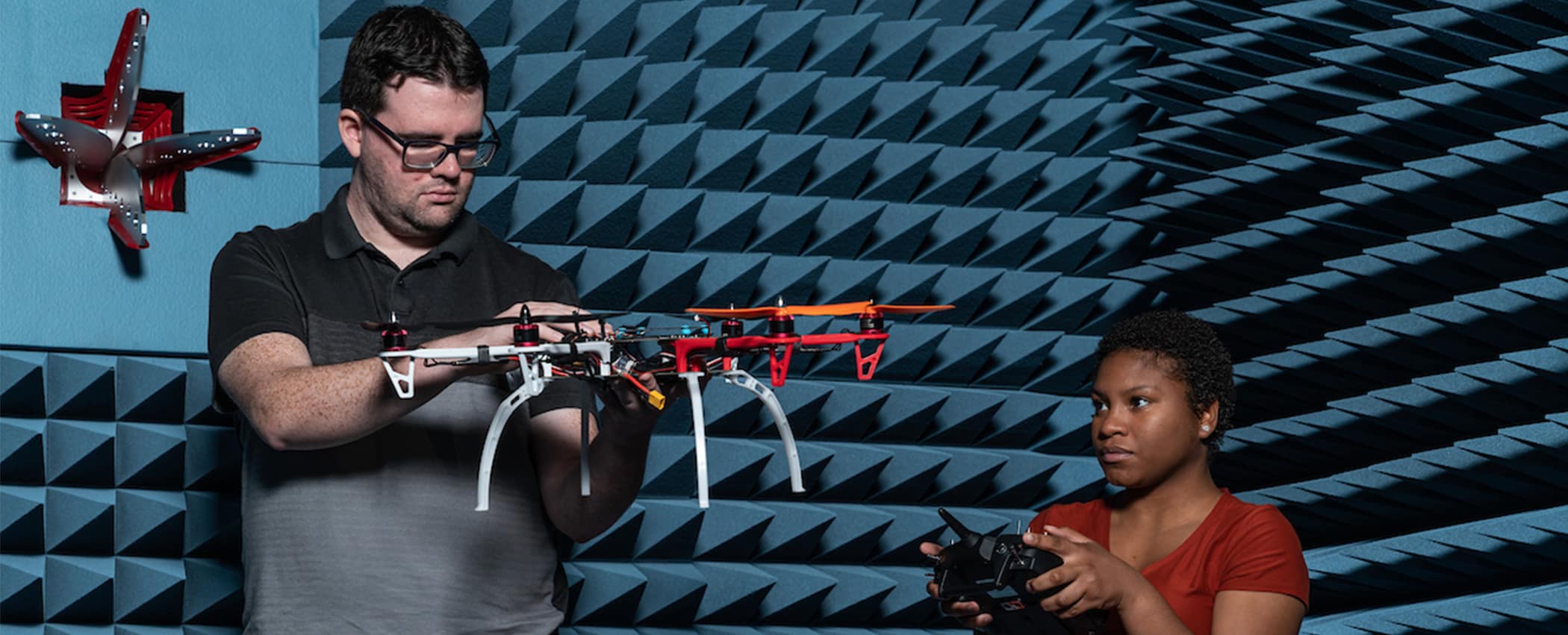Document Type
Article
Publication/Presentation Date
1-1-2012
Abstract/Description
The Allen Telescope Array was used to monitor Mars between 2010 March 9 and June 2, over a total of approximately 30 hr, for radio emission indicative of electrostatic discharge. The search was motivated by the report from Ruf et al. of the detection of non-thermal microwave radiation from Mars characterized by peaks in the power spectrum of the kurtosis, or kurtstrum, at 10 Hz, coinciding with a large dust storm event on 2006 June 8. For these observations, we developed a wideband signal processor at the Center for Astronomy Signal Processing and Electronics Research. This 1024 channel spectrometer calculates the accumulated power and power-squared, from which the spectral kurtosis is calculated post-observation. Variations in the kurtosis are indicative of non-Gaussianity in the signal, which can be used to detect variable cosmic signals as well as radio frequency interference (RFI). During the three-month period of observations, dust activity occurred on Mars in the form of small-scale dust storms; however, no signals indicating lightning discharge were detected. Frequent signals in the kurtstrum that contain spectral peaks with an approximate 10 Hz fundamental were seen at both 3.2 and 8.0 GHz, but were the result of narrowband RFI with harmonics spread over a broad frequency range.
Publication Title
Astrophysical Journal
Scholarly Commons Citation
Anderson, M. M., Siemion, A. P., Barott, W. C., Bower, G. C., Delory, G. T., Pater, I. d., & Werthimer, D. (2012). The Allen Telescope Array Search for Electrostatic Discharges on Mars. Astrophysical Journal, 744(15). Retrieved from https://commons.erau.edu/db-electrical-computer-engineering/1

